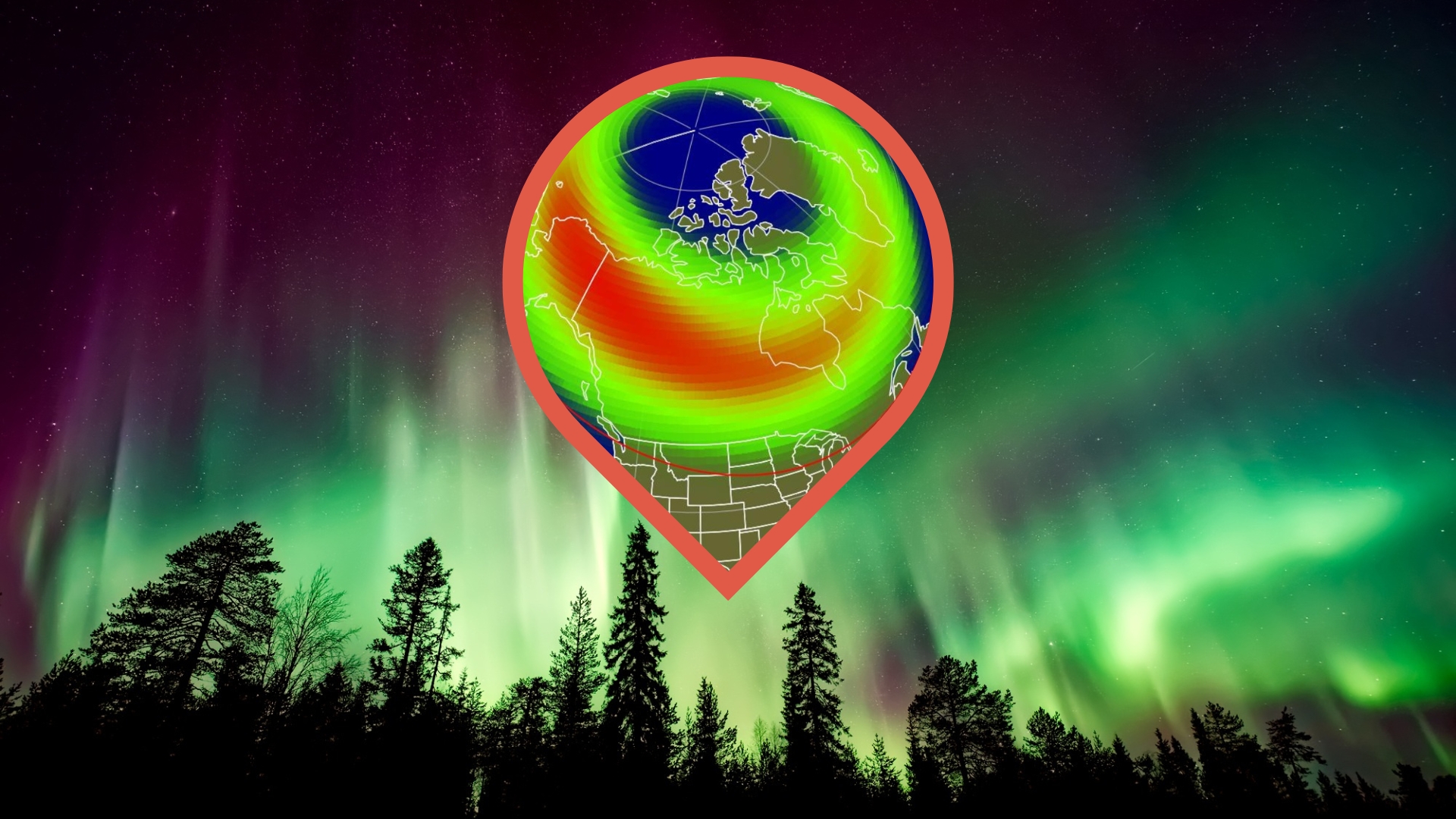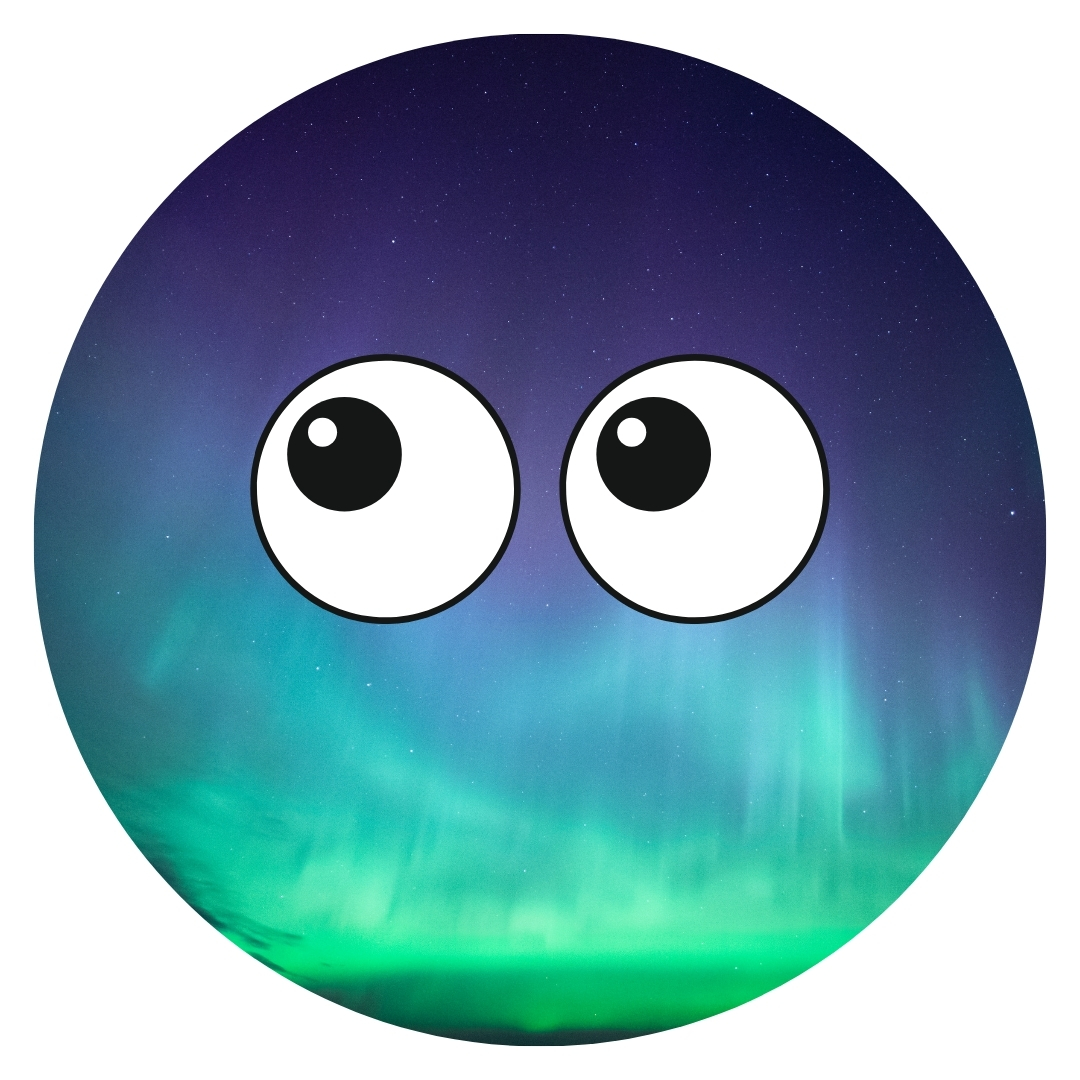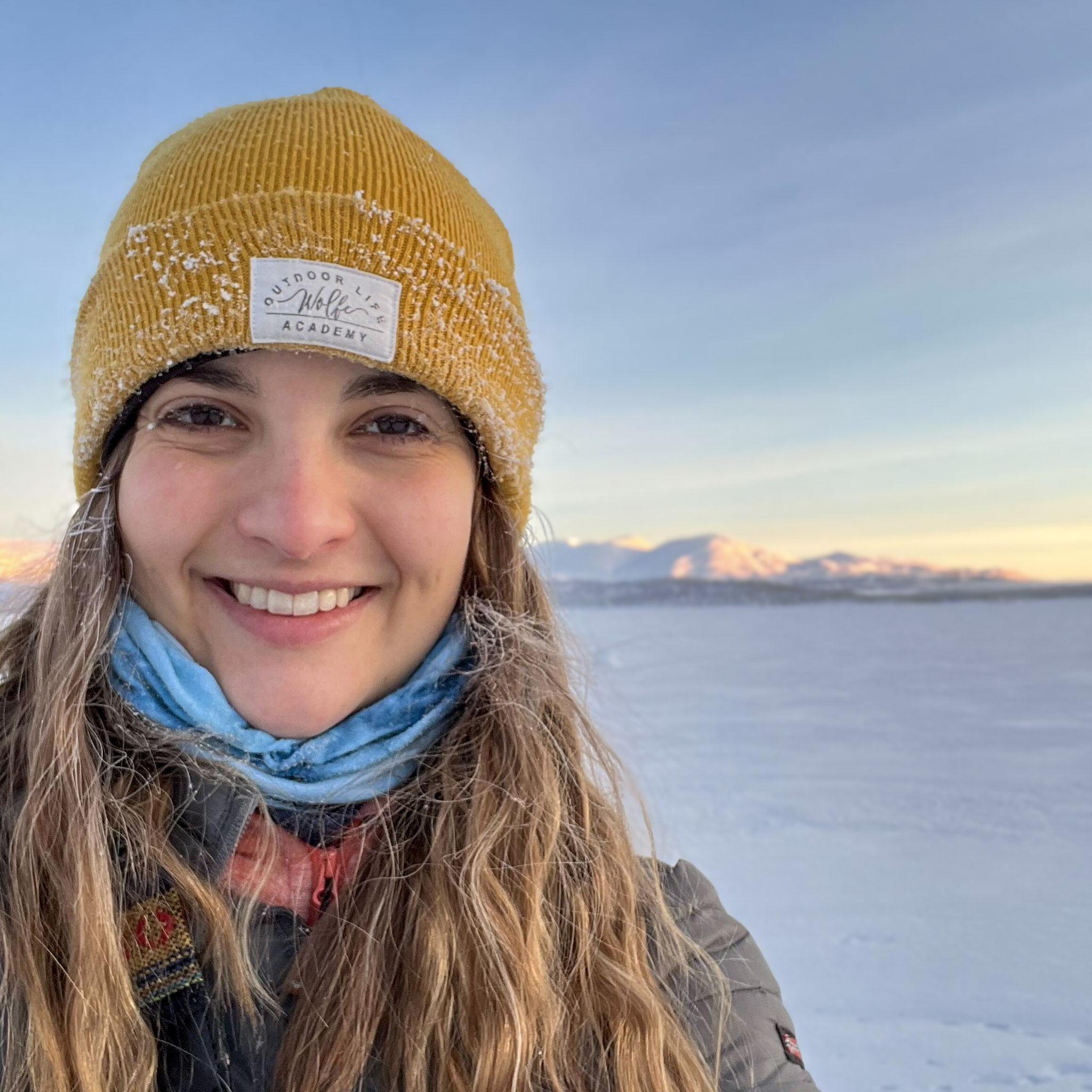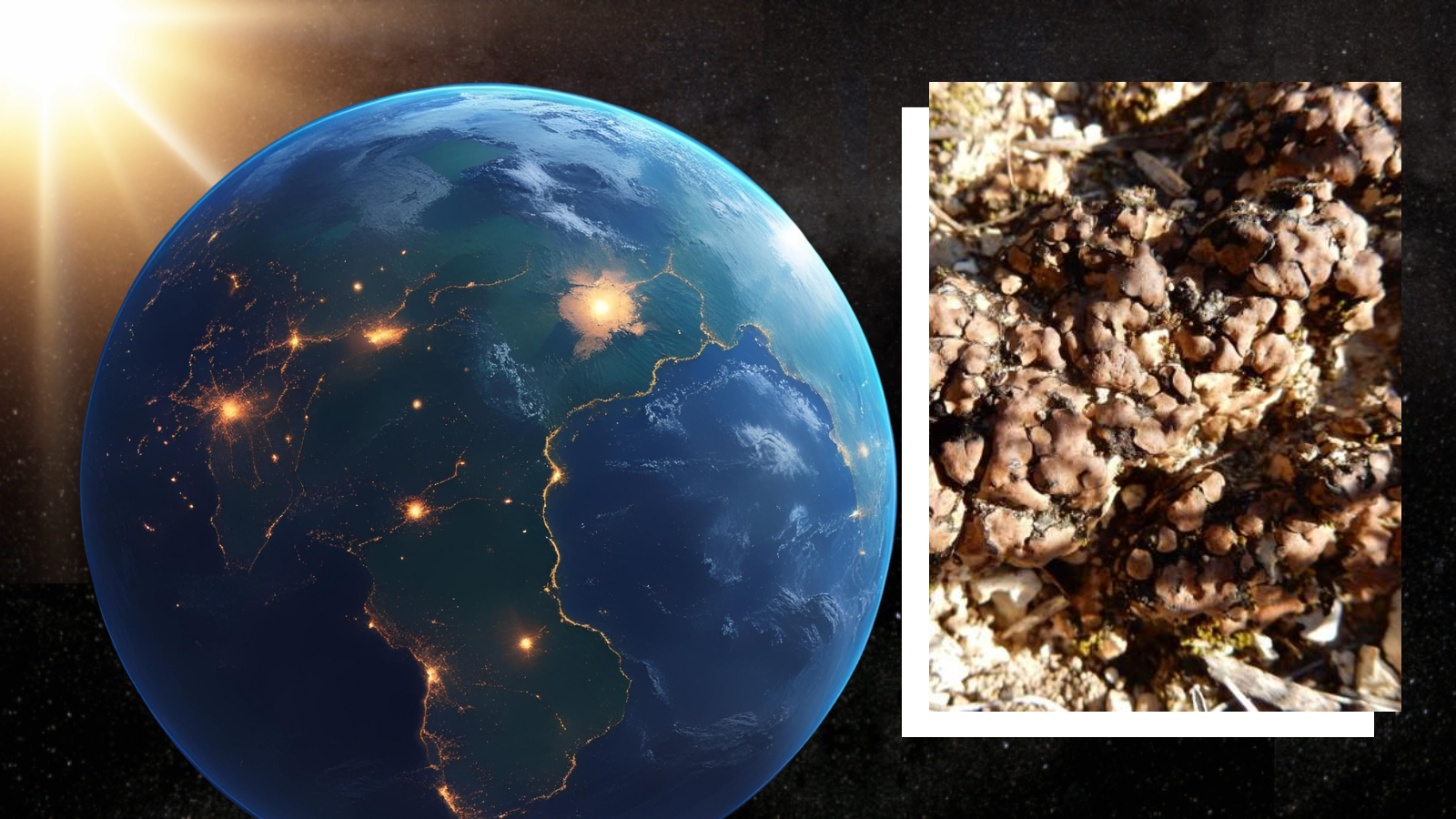Northern lights may be visible in these 10 US States tonight
Auroras may be visible from Alaska to Washington as a giant hole in the sun's atmosphere fuels geomagnetic storms with a high-speed solar wind.

Unsettled geomagnetic activity triggered by high-speed solar winds could spark northern lights over parts of the U.S. tonight (June 26–27), according to the National Oceanic and Atmospheric Administration's Space Weather Prediction Center (NOAA SWPC).
A colossal coronal hole on the sun has rotated to face Earth and is currently sending a stream of high-speed solar wind our way. As the solar wind slams into our planet's magnetic field, it disrupts geomagnetic conditions, which in turn can lead to geomagnetic storms and vivid auroras.
Space weather forecasters from the U.K. Met Office and NOAA's SWPC predict there is a chance of minor (G1) geomagnetic storms tonight as geomagnetic activity remains mainly unsettled to active. That means there's a window of opportunity for aurora sightings at northern latitudes, weather and darkness permitting.
Where are the northern lights visible tonight?

Based on the latest NOAA forecast, we've listed 10 U.S. states that appear either fully or partially above the aurora view line — ordered from most likely to least likely to catch the lights, based on how much of each state lies within the auroral oval.
States that could see auroras tonight:
- Alaska
- Montana
- North Dakota
- Minnesota
- South Dakota
- Michigan (Upper Peninsula)
- Wisconsin
- Maine
- Idaho
- Washington
Remember, auroras can be fickle. Sometimes they can appear much farther south than predicted, and other times they barely show up at all. There are many conditions that have to align for the perfect show. It is possible that many more states could witness auroras tonight, or perhaps far fewer will.
Northern Hemisphere aurora forecast courtesy of the Met Office
How can I see the northern lights from where I live?

Keep up with the latest forecasts and geomagnetic storm warnings with our aurora forecast live blog.
If you're in one of the states listed above, your best bet is to head to a north-facing location, far away from city lights. With summer daylight hanging on late, around 1 a.m. local time is typically your best shot.
Try using your smartphone camera to scan the sky — it often picks up faint auroras your eyes might miss. Once your camera catches a hint of green or purple, focus your attention there. That said, don't forget to glance around — auroras can pop up in front, behind, or right overhead.
Breaking space news, the latest updates on rocket launches, skywatching events and more!
If you want to make sure you're all clued up on when to look for auroras, download a space weather app that provides forecasts based on your location. One option I use is "My Aurora Forecast & Alerts," available for both iOS and Android. However, any similar app should work well. I also use the "Space Weather Live" app, which is available on iOS and Android, to get a deeper understanding of whether the current space weather conditions are favorable for aurora sightings.
Join our Space Forums to keep talking space on the latest missions, night sky and more! And if you have a news tip, correction or comment, let us know at: community@space.com.

Daisy Dobrijevic joined Space.com in February 2022 having previously worked for our sister publication All About Space magazine as a staff writer. Before joining us, Daisy completed an editorial internship with the BBC Sky at Night Magazine and worked at the National Space Centre in Leicester, U.K., where she enjoyed communicating space science to the public. In 2021, Daisy completed a PhD in plant physiology and also holds a Master's in Environmental Science, she is currently based in Nottingham, U.K. Daisy is passionate about all things space, with a penchant for solar activity and space weather. She has a strong interest in astrotourism and loves nothing more than a good northern lights chase!
You must confirm your public display name before commenting
Please logout and then login again, you will then be prompted to enter your display name.
